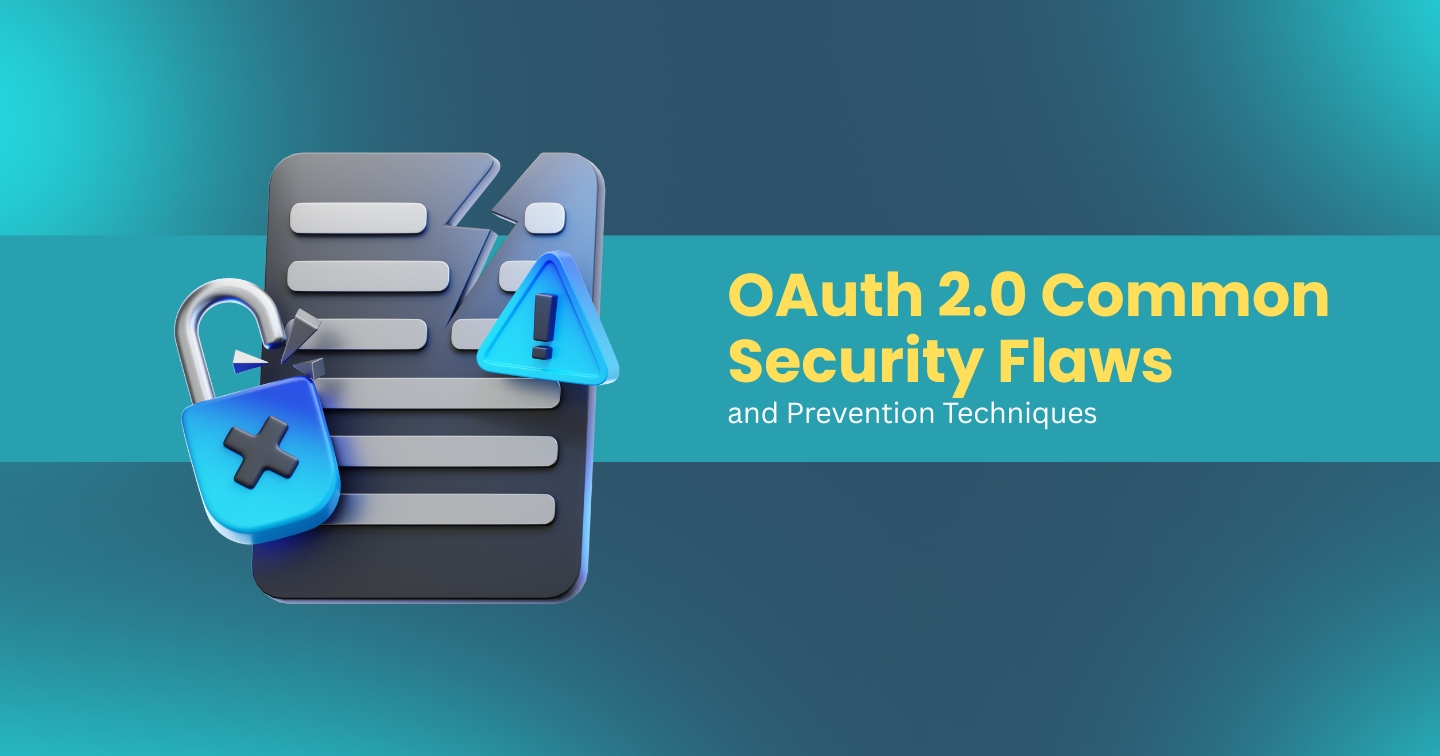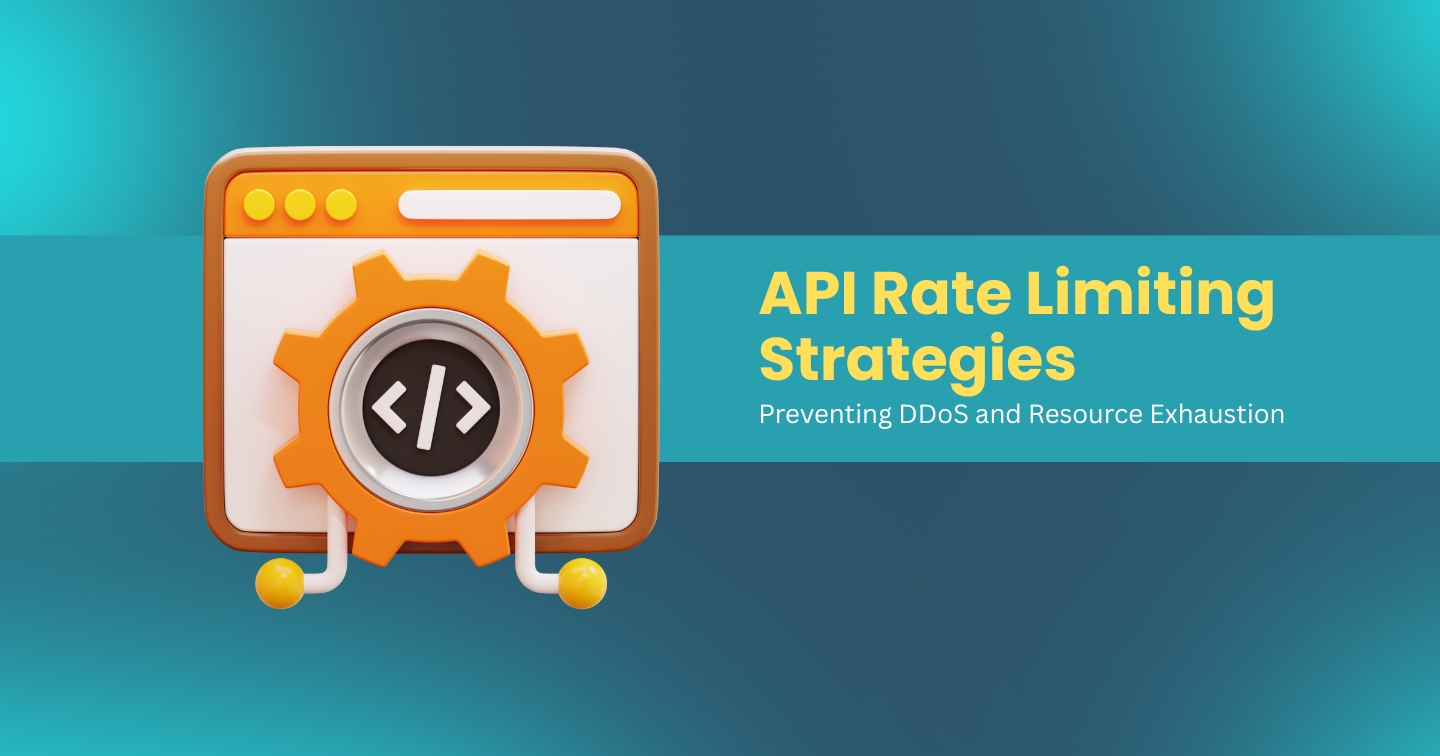APIs are critical to enabling interoperability and the exchange of electronic health records (EHR) envisioned when the the 21st Century Cures Act was signed into law. Yet APIs are also the #1 attack vector across all industries -- so how can healthcare security teams balance EHR and interoperability with HIPPA compliance and safeguarding sensitive patient health information (PHI)?
This article will walk through the role APIs play in healthcare interoperability and break down 5 key steps to helping ensure your APIs and patient data stay secure.
HIPAA (Data Privacy) vs 21st Century Cures Act (Interoperability): Reducing the Conflict in the Healthcare Industry
Interoperability in healthcare is essential for creating a more connected, patient-centered healthcare system that delivers better patient outcomes, improves efficiency, and reduces costs. So, in December 2016, the 21st Century Cures Act was signed into law. This act aims to promote innovation, improve patient outcomes, and strengthen public health through various initiatives and funding measures – including interoperability. The Cures Act contains key provisions to improve the interoperability of electronic health records (EHRs), making it easier for healthcare providers to access and share patient data.
What Role Do APIs Play in the Interoperability of EHR?
APIs (Application Programming Interfaces) are crucial to delivering EHR interoperability. APIs allow different EHR systems to communicate with each other and exchange data in a standardized and secure manner. With APIs, disparate providers and institutions can easily communicate to support clinical decision-making and enable telehealth platforms and patient portals, improving the quality of patient care and outcomes. APIs can also enhance the efficiency of healthcare workflows by automating data exchange between different systems, reducing administrative burdens, and enabling healthcare providers to focus on delivering high-quality care.
Security vs Access and Quality of Care
The challenge? How to balance the benefits that EHR interoperability brings with the need to maintain patient privacy and comply with regulations like HIPAA, which establish stringent standards for safeguarding the confidentiality, integrity, and availability of protected health information (PHI).
Fortunately, some simple steps will ensure sensitive patient data remains protected and secure while providing the right people with access to information at the right time to deliver high-quality care. Here are some critical steps to ensure interoperability while maintaining patient privacy:
- Use standardized protocols: To ensure that patient data is transmitted securely between different EHR systems, it is essential to use standardized protocols such as FHIR (Fast Healthcare Interoperability Resources) and HL7 (Health Level Seven). These protocols are designed to protect patient privacy and ensure data integrity.
- Implement access controls: Access controls can help ensure that only authorized individuals can access patient data. This can be achieved through role-based access control (RBAC), which assigns different levels of access based on an individual's job responsibilities.
- Implement API governance: Ensure that all internal or external APIs are properly documented and managed in a centralized location(s), and that security teams have audit access and controls for every API addition or update.
- Security Test APIs before production: Run continuous API security testing (minimally testing for the OWASP API Top 10) throughout the software development cycle.
- Use encryption: Encryption can help protect patient data during transmission and storage. EHR systems should use encryption techniques such as TLS (Transport Layer Security) and AES (Advanced Encryption Standard) to protect patient data.

Ready for more? Join us March 23 at 12pm ET and hear from other security leaders in healthcare as they share how their teams are delivering EHR interoperability while protecting patient privacy.


.webp)

